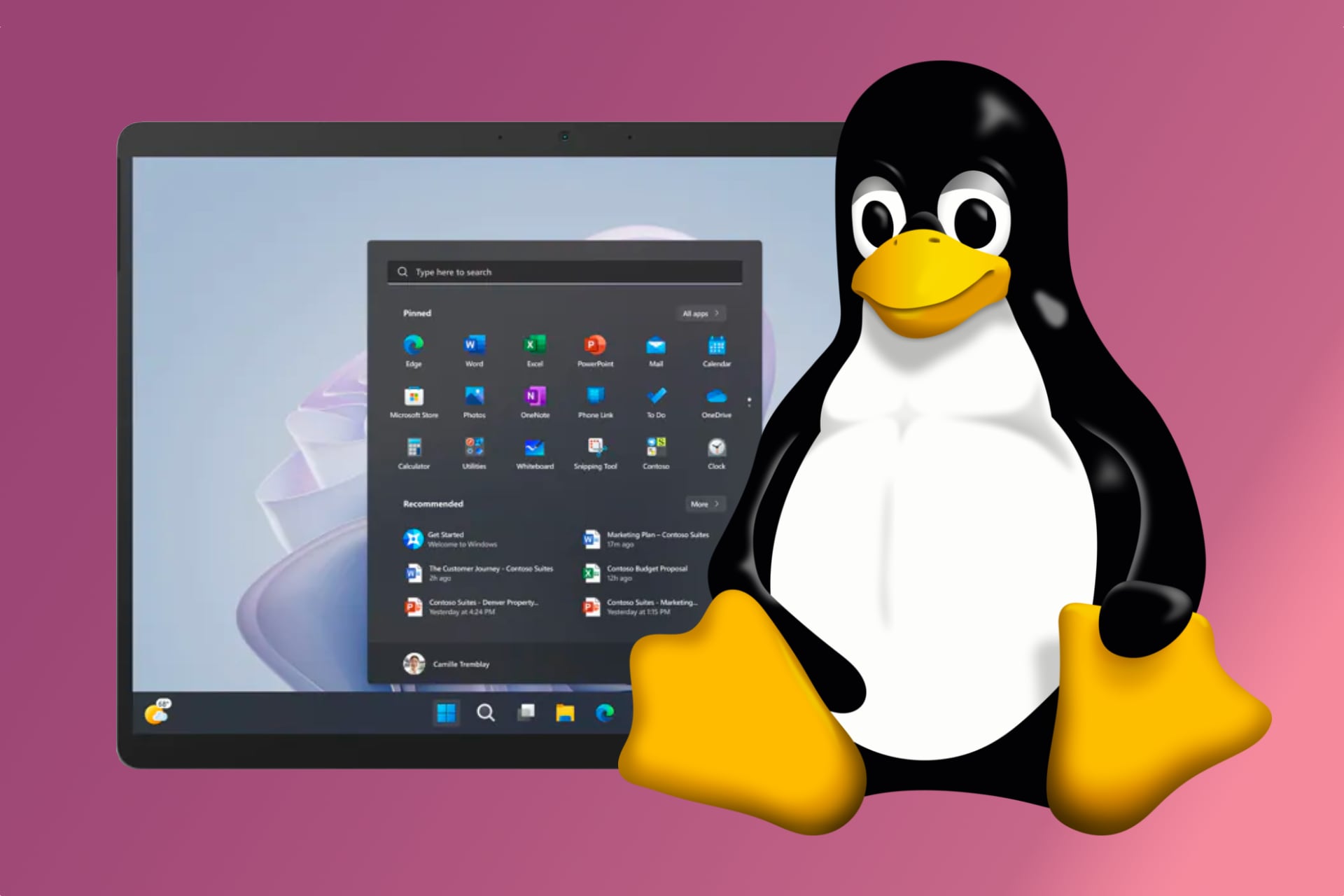You see them every day. You laugh at them, share them, save your favorites. But how well do you know what a meme is? Do you know its history, its sociological significance? Read all about them here and become an expert in memesfrom theory to practice.
You will be interested:
- BBC Dad: We’re celebrating the meme that changed the idea of working from home
- ‘Hide the Pain Harold’ is the face of the campaign against Covid-19 in Sweden
- Memeeconomy: Classic Memes Are Auctioned for Cryptocurrency
What makes a meme a meme?
While the memes seem impossible to understand, chances are that over the years you’ve come across at least one that makes sense to you. If you have participated in the Ice Bucket Challenge or have a mug with text keep calm on your desktop, you can say that you participated in the meme. These are the key components of what makes a meme a meme.
Although it is difficult to find an absolute definition of a meme, the term is most often associated with an image or video that displays a certain concept or idea and is shared through social platforms on the Internet. This element is spreading at a tremendous rate on social media, forums, instant messaging apps, and even news sites. Images and videos that convey an idea are often altered and regenerated, turning the original idea into something completely different, or simply republished under a new title to display its altered form.
Context can also have a big impact on what a meme means or how important it is to the recipient.
However, whatever the message, a meme can convey much more information than plain text. Just as emojis have been used to convey complex ideas about a mood or emotion, a meme can convey a complex idea, mood, or general understanding much faster than plain text.
From Dancing Babies to Momo Challenge
Some researchers date the emergence of memes hundreds of years ago, but their modern interpretation is mostly considered within the framework of the concept coined by the British evolutionary biologist Richard Dawkins: this expert described the idea of a meme in a book published in 1976 –The Selfish Gene– as a cultural entity or idea that is reproduced, developed and transmitted from person to person. I didn’t know it at the time, but the term would later be used to describe the endless variations of various phrases, images, sounds, and videos circulated on the Internet for the purpose of quickly exchanging ideas and thoughts. briefly. .
Many remember the first meme in history – the famous dancing child (known as Baby Cha Cha), this famous baby dance GIF that became a viral hit in 1996. This first meme went viral via email and even appeared on popular TV shows like Ellie McBeal. However, it wasn’t until the 2010s that memes became a cultural phenomenon in their own right. Today, they are one of the main ways people communicate online; the most popular reach millions of modifications.
There have been so many memes in history that it’s impossible to describe them in detail, although yes, they are incredibly diverse, constantly changing and impossible to put into a clear and defined category.
The speed of their distribution and creation is accelerating, making it impossible to try to remember or understand them all. But that doesn’t mean we can’t try to remember the most important things.
How to interpret a meme
Some memes are easier to understand than others. The simplest of these is known as a macromeme image, which usually includes some expressive image and a block of text; they are expressive and designed to help convey an emotional state in a way that is easy to understand. They represent the shared experience of creator and viewer.
Others can be a little more difficult to understand, such as Slenderman, which can come off as intimidating or even dangerous. They can also be oddly ominous, referring to a specific episode of a TV show or movie that aired decades ago. Often the origins of such memes can come from such a deep context that the interpretation of their origin requires special research.
If you want to know what a meme means, you can turn to Know Your Meme, You Should Have Seen This, and even Wikipedia, which will help you explain where it came from and how it may have changed over time. In any case, memes are constantly evolving, and it is difficult to protect a person from the impact of the message, since this is something purely personal.
The purpose of most memes is humor, and their impact depends entirely on how they are viewed and used by those who create them. If someone you know sends or sees memes that you don’t understand, ask them to explain. You can even create something of your own if you want, and you can try sites like ImgFlip and Kapwing’s Meme Maker, great places to start.
Source: Digital Trends
I am Garth Carter and I work at Gadget Onus. I have specialized in writing for the Hot News section, focusing on topics that are trending and highly relevant to readers. My passion is to present news stories accurately, in an engaging manner that captures the attention of my audience.









